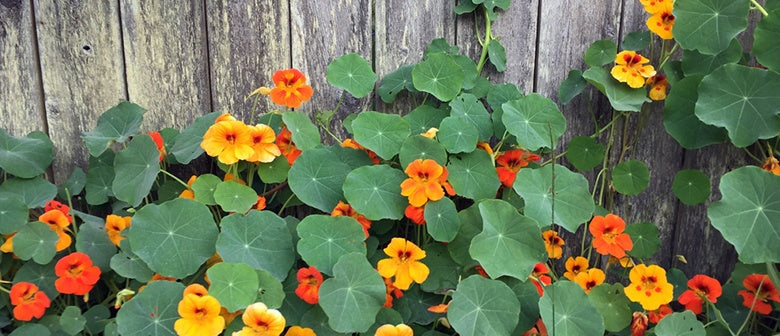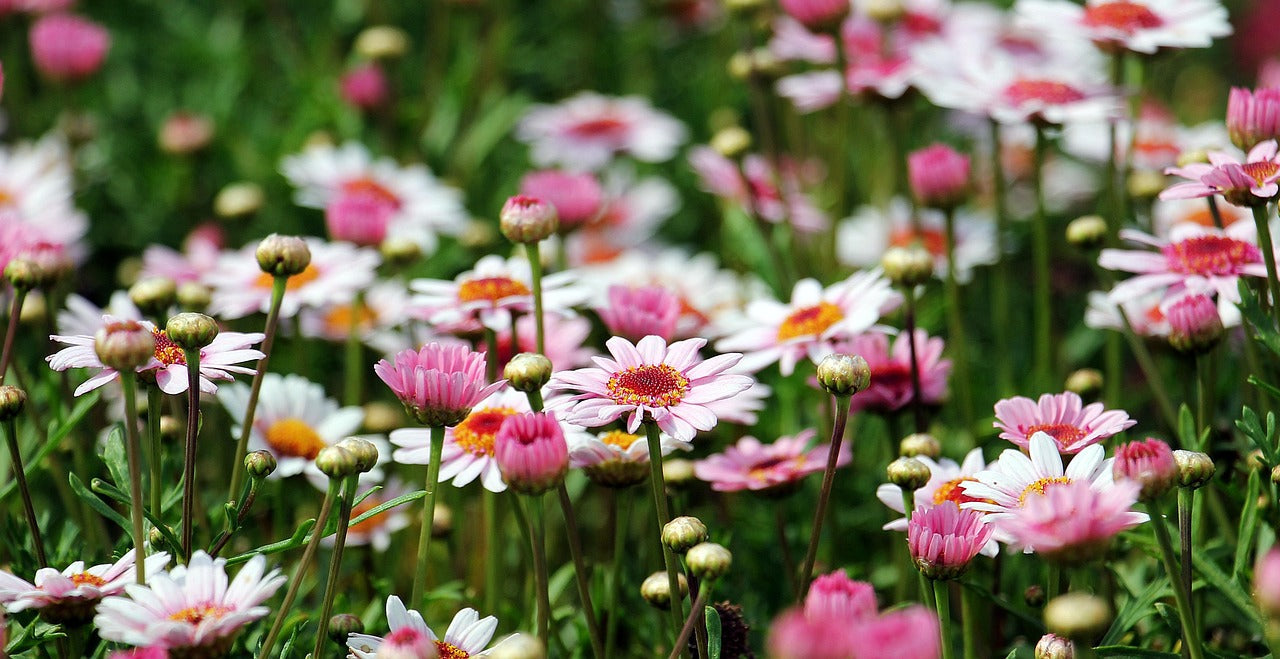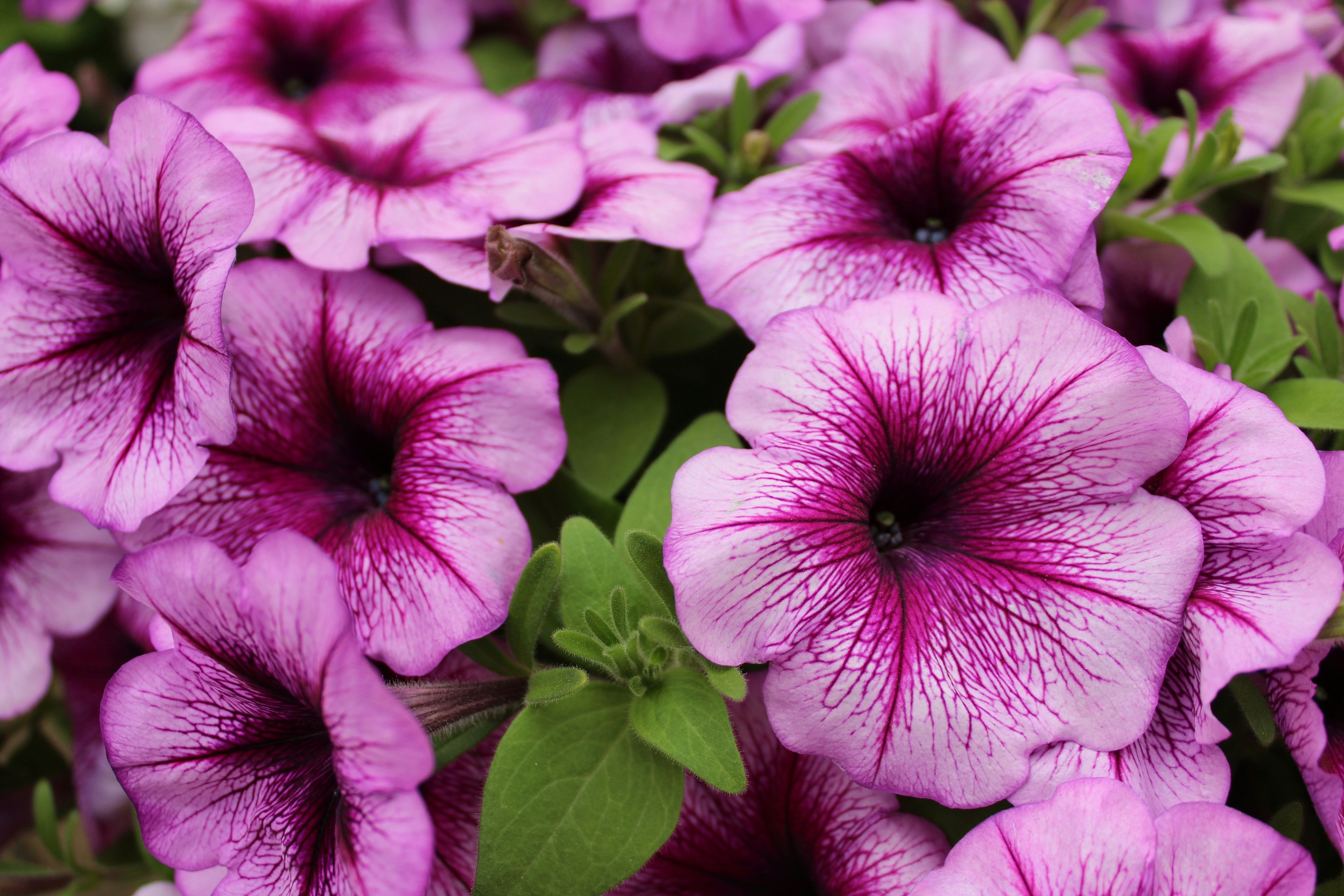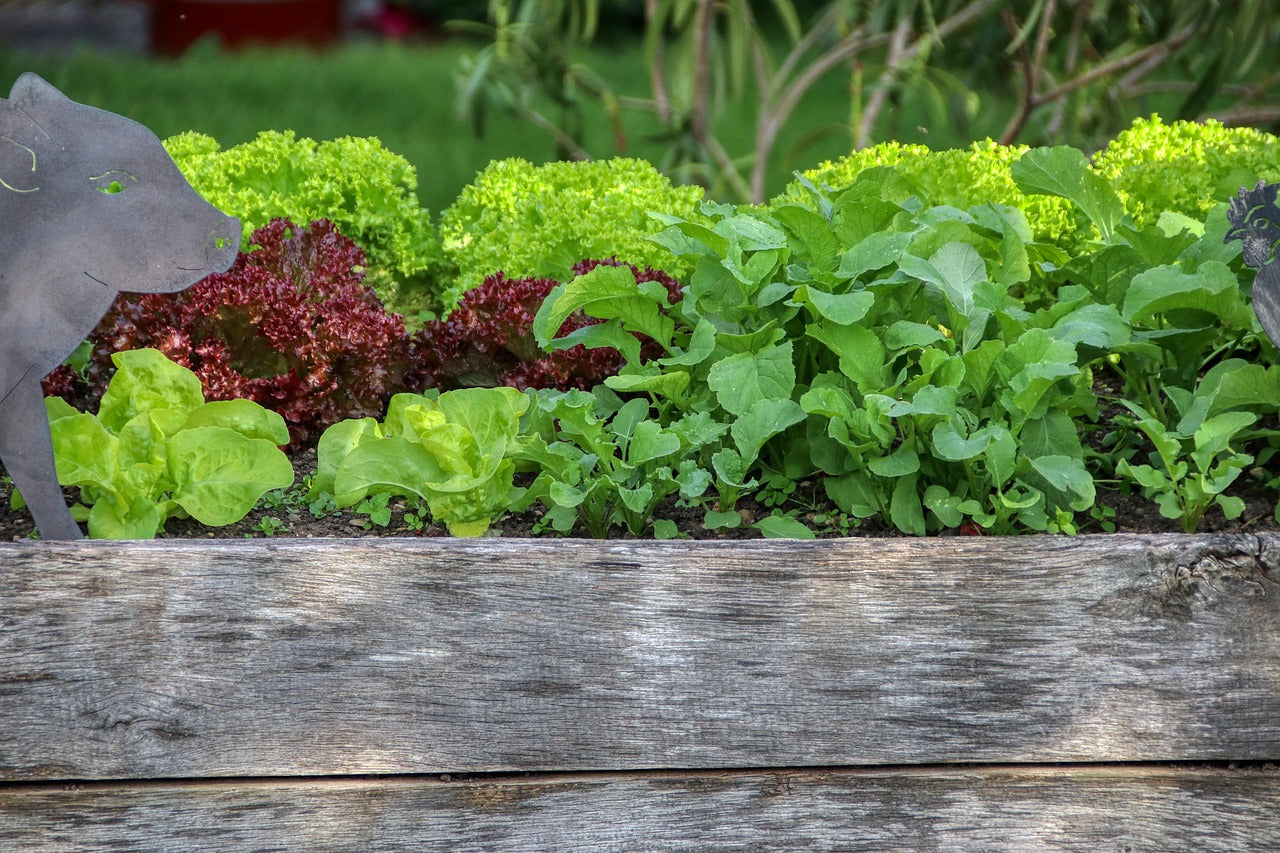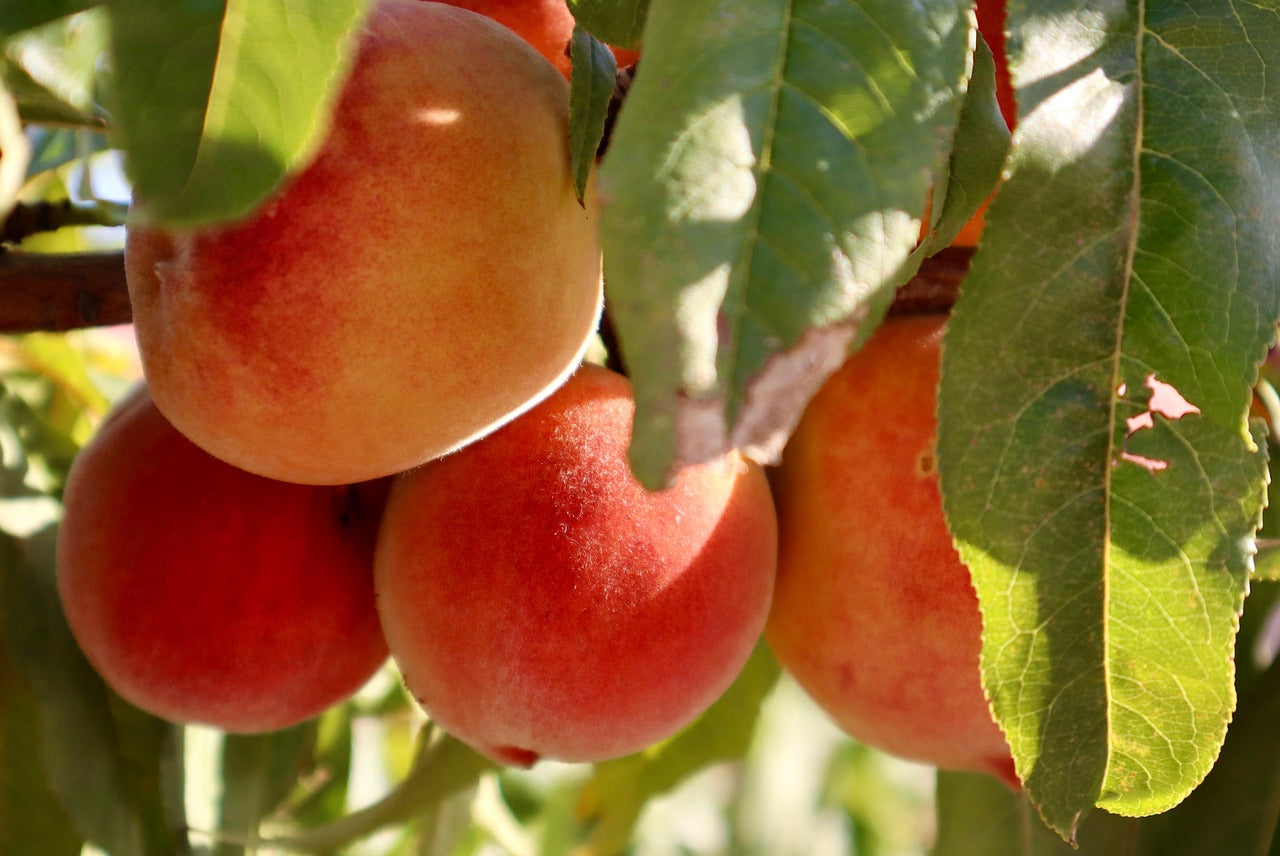You have probably seen them growing wild on the roadside, or scrambling up walls and may not have known how wonderful this wee plant is! There’s a lot to love about nasturtium. They will grow happily in almost any spot, especially areas with poor soil, their flowers come in gorgeous warm hues, they’re a great companion plant for your garden, and to top it all off, they’re edible!

How to Grow Nasturtium
Sow or plant your nasturtium in early Spring or Summer. Soak your seeds the night before planting and then sow your nasturtium straight into your desired spot as they do not like having their roots disturbed. They will germinate in a matter of days.
Nasturtium’s large seeds make them easy to sow – they’re a great crop to sow with children; just press them into the soil.
Where to Grow Nasturtium
They are scrambling and clambering plants that grow well on fences, screens and trellis, but are also happy in pots or containers. They will grow in full sun as well as partial shade. If you live in a warmer climate, it is advised that you find them a partially shady spot. They are not frost tolerant, however, so be sure to wait to plant them until all danger of frost has passed.
They prefer impoverished lighter soils, this promotes less foliage and better flowers. Remove spent blooms to promote flowering. If you plant them in rich compost, they will produce lots of lush leafy growth and few flowers.
Nasturtium Care
Water young seedlings in dry periods. Once they are established and starting to grow you shouldn’t need to continue with watering unless weather is persistently dry or young plants show signs of wilting. Plants should find their own way up through any plants or supports you want them to grow on. Don’t feed nasturtium or you’ll get loads of foliage at the expense of flowers.
Nasturtium Uses
Their bright, open-faced flowers are great for attracting bees, butterflies and beneficial predatory insects into the garden.
In addition to attracting beneficial insects, you can plants them as decoys to draw pests away from your food plants.
Nasturtium makes a great companion plant to radish, cabbage, kohlrabi, broccoli and under-planting for fruit trees.
The leaves can be eaten as a fresh salad green, and have a peppery flavour similar to watercress. The flowers are also peppery, even more so than the leaves, and make a beautiful and tasty addition to salads – they are high in vitamin C. The fresh seed pods are also edible, and are often made into nasturtium seed “capers.” See our nasturtium recipes here.
Nasturtium Types

Tip Top Mixed
This high quality variety is ‘top’ flowering, holding its numerous blooms neatly above the foliage for greater impact. Easy to grow and ideal for containers or edges and borders.

Jewel Mixed
Bright semi-double flowers in many shades of yellow, orange, red, salmon and cerise, sit well above the foliage to give a lovely display in garden beds, pots or containers.

Trailing Mixed Colours
Trailing or climbing these attractive and easy to grow plants will bloom in poor soils.

Jewel Cherry Rose
Compact plants. Stunning hot pink blooms. Excellent for beds, borders and containers. Very easy to grow

